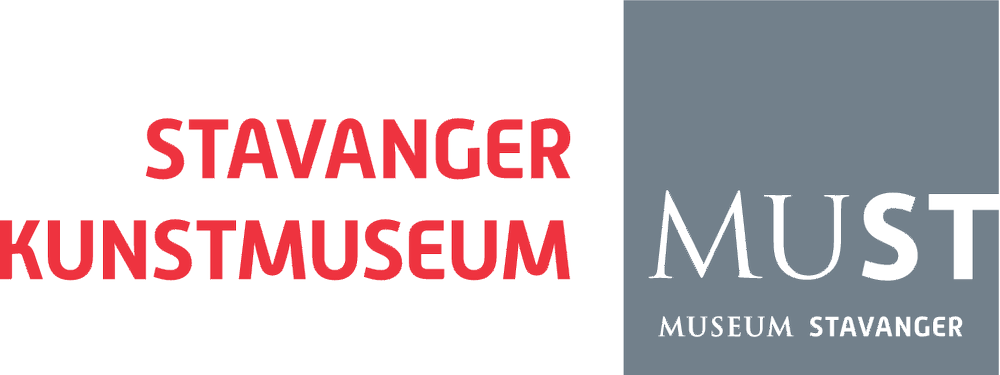

Henrik Olai Kaarstein
Born 1989, Oslo. Lives and works in Frankfurt, Oslo and Brussels.
Henrik Olai Kaarstein uses everyday objects from private life – for example bedsteads, towels and canvas awnings – as physical supports for his abstract, painterly research. One summer, when he was liquidating the estate of someone who had died, he came across a stack of used textiles that had to be discarded. These sparked his curiosity because they were marked and stained by use and time. His interest in textiles from intimate contexts continued and developed into an artistic research project on towels from hotels, bars and saunas. White hotel towels are meant to give guests a luxurious feeling of purity and the illusion of never having been sullied by make-up, bodily secretions or other people’s dirt.
Because white is associated with purity and hygiene, it has become the signature colour of hospitals and sanitary institutions. White was also an important colour in modernistic art, with the Russian constructivist Kazimir Malevich’s White on White (1918) as an iconic example. Consisting of two white-painted forms, Malevich’s work was one of the first non-figurative paintings in Western art history. But in many respects, Karstein’s art breaks with the ideal purity of Modernism. He ‘perverts’ the pure, white hand-towels through painterly interventions, dipping them in paint and chemicals that stiffen them into new shapes.
There are several art-historical references for using ‘unclean’ everyday objects as basematerials for paintings. Some that readily come to mind are Robert Rauschenberg’s Combines from the 1950s. This American artist used mundane found objects as the starting point for his painterly processes. His Bed (1955) consists of a pillowcase, sheet and pattered blanket that are covered with expressive pencil lines and brushstrokes of paint. When first exhibited, this work was criticized for its radical choice of ‘canvas’, but also for suggesting violence. Many viewers saw the red paint as signifying blood. The paint was therefore seen as an unclean material in the context of bedding; the paint played the role of a bodily fluid that pointed to the presence of human beings. A similar strategy infuses Kaarstein’s works; he uses paint to give surfaces a patina of ‘dirtiness’. One could argue that he is exploring the boundaries between destruction and creation by covering everyday objects with traces of paint.
To make the works in the exhibition NN-A NN-A NN-A, Kaarstein started out with wood veneer and fake leather. To these materials he applied oil paint, house paint, glue, cleaning products, silicon, quick-drying plaster and charcoal. He first poured the paint and chemicals onto plastic sheeting, then rolled it up and covered it with the fake leather. This process resulted in a random expression, partly because the imprint was affected by chemical processes. The fake leather he then nailed to boards and to the wall in order to continued painting on the abstract, random pattern that had emerged. Kaarstein’s use of materials from non-art contexts conjures rich associations. Reading the work title Saturday Night, our thoughts turn to fake leather and veneer in the interiors of nightclubs. The expressive colour fields can also trigger associations to nightclub lighting, with harsh spotlights probing dark corners. The work’s material choices therefore suggest associations that point beyond modernistic, abstract painting and its emphasis on formal aspects such as composition, colour and brushwork.
Text by: Ida Sannes Hansen

